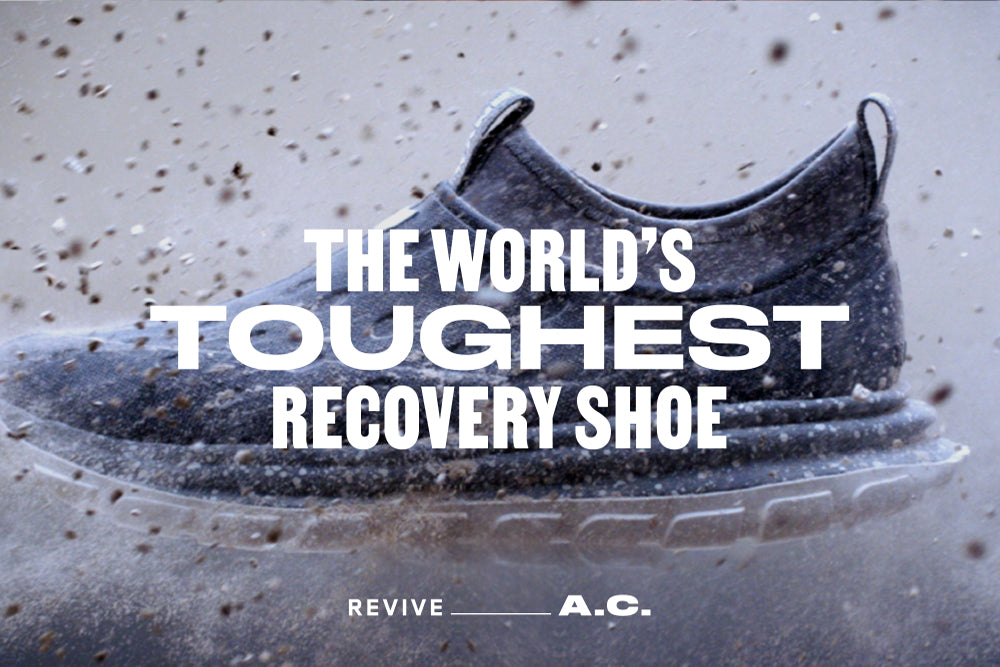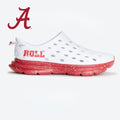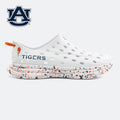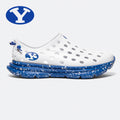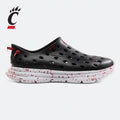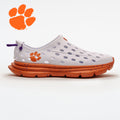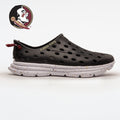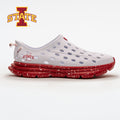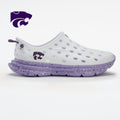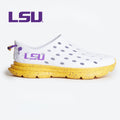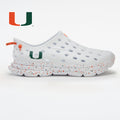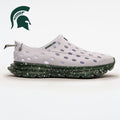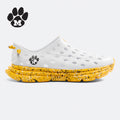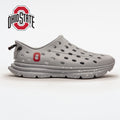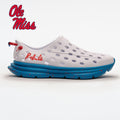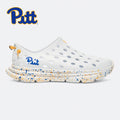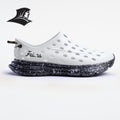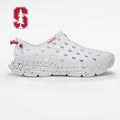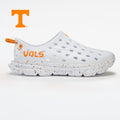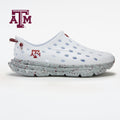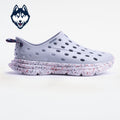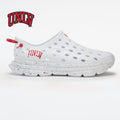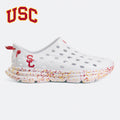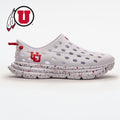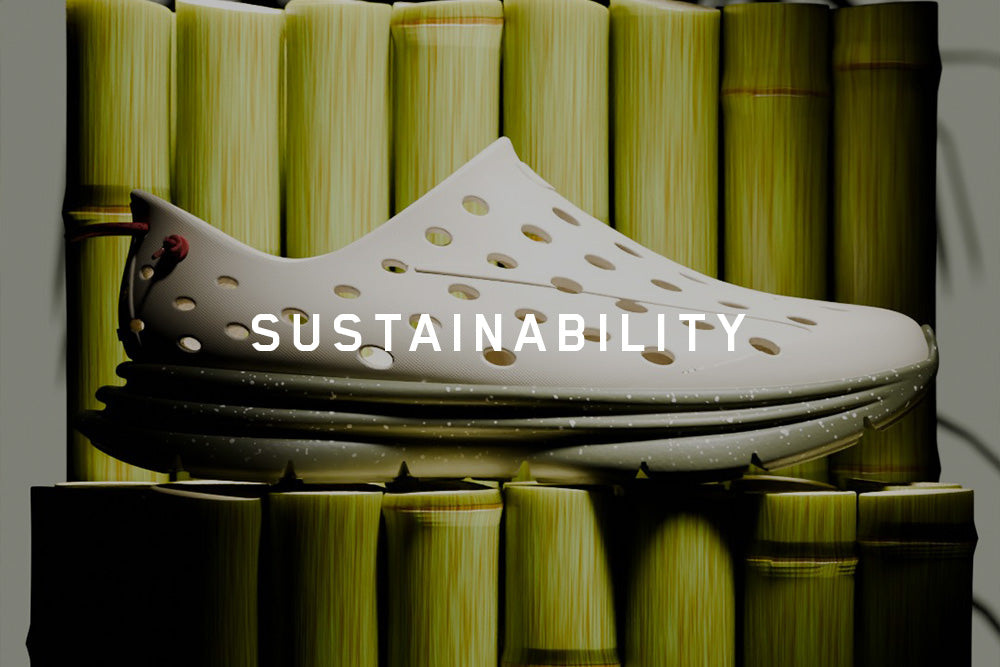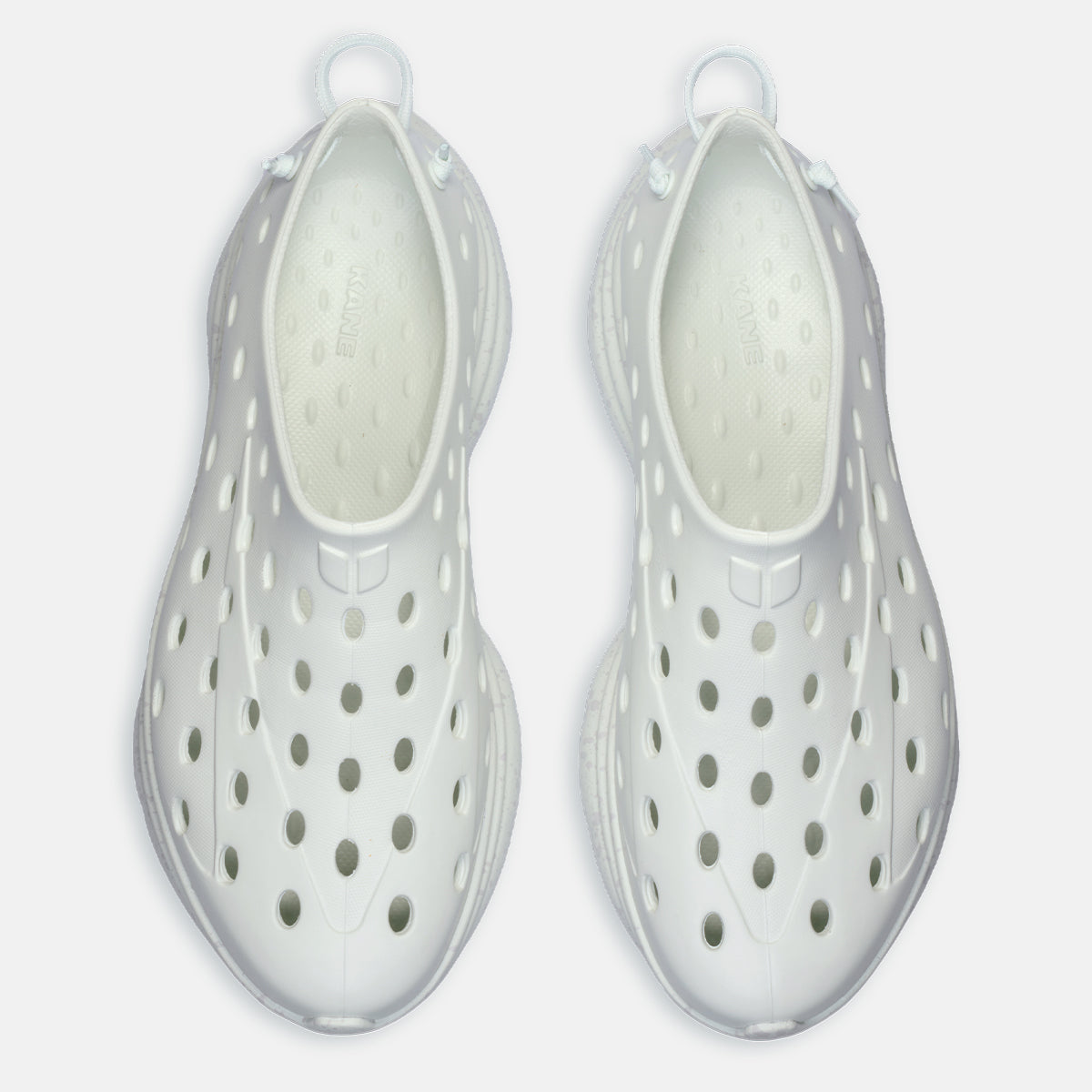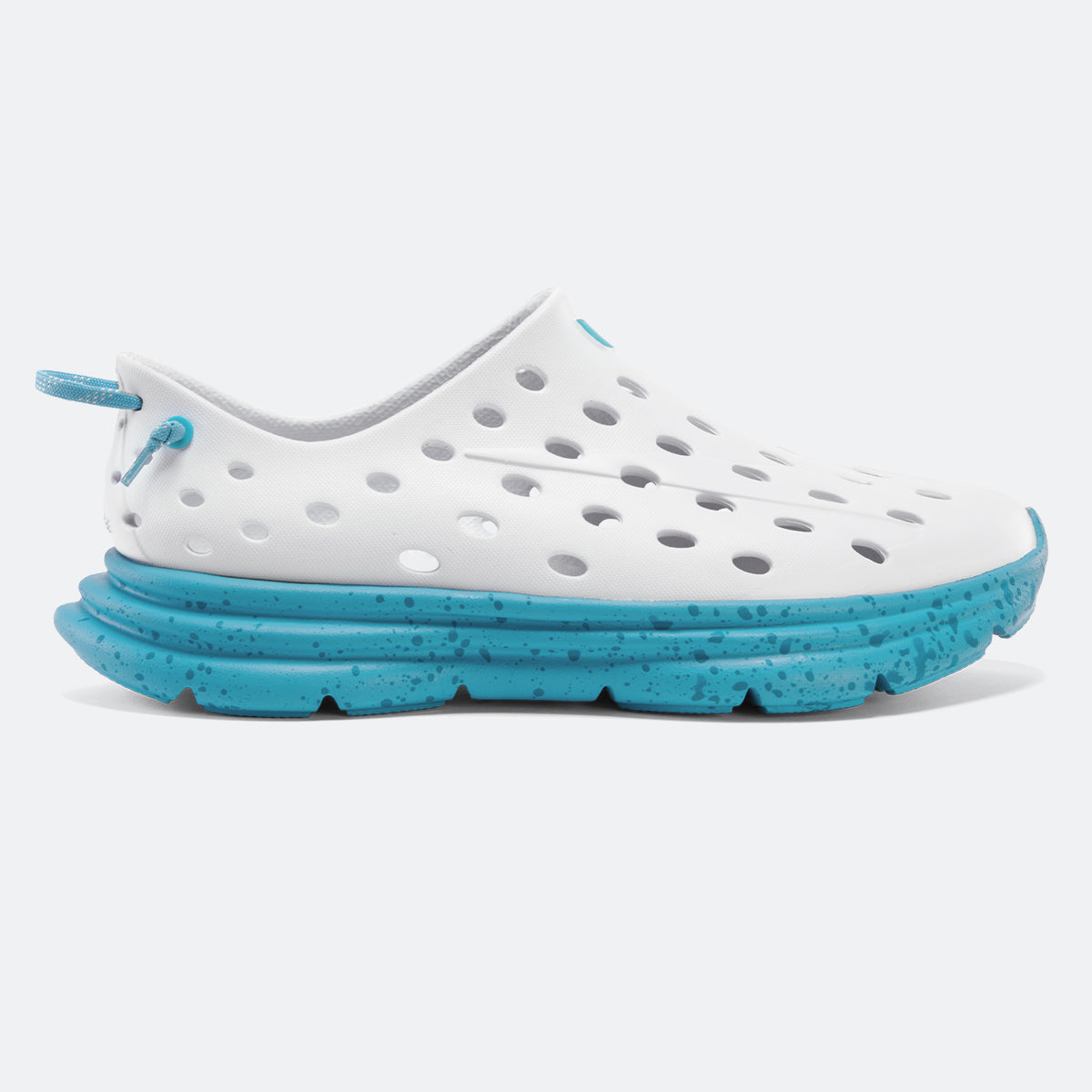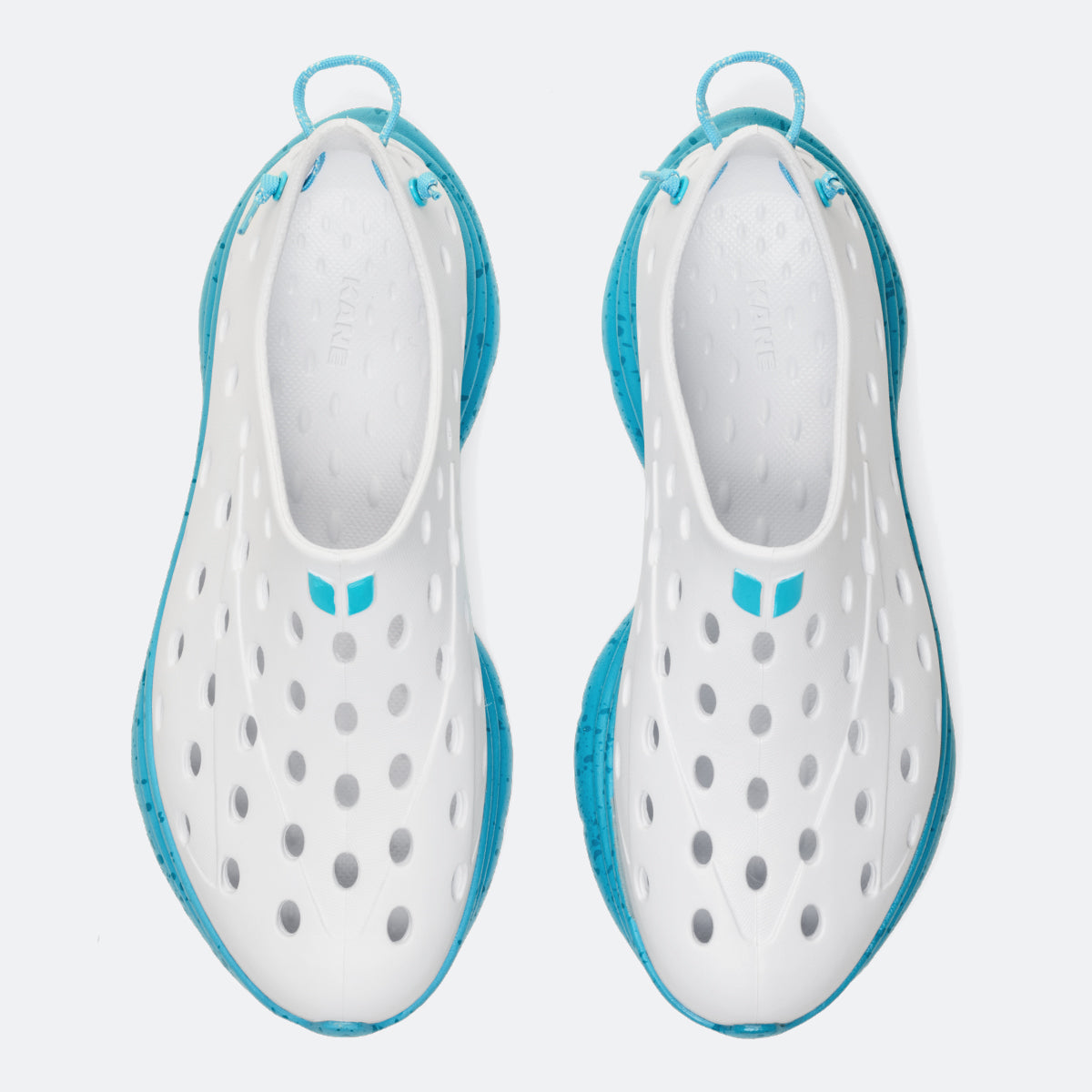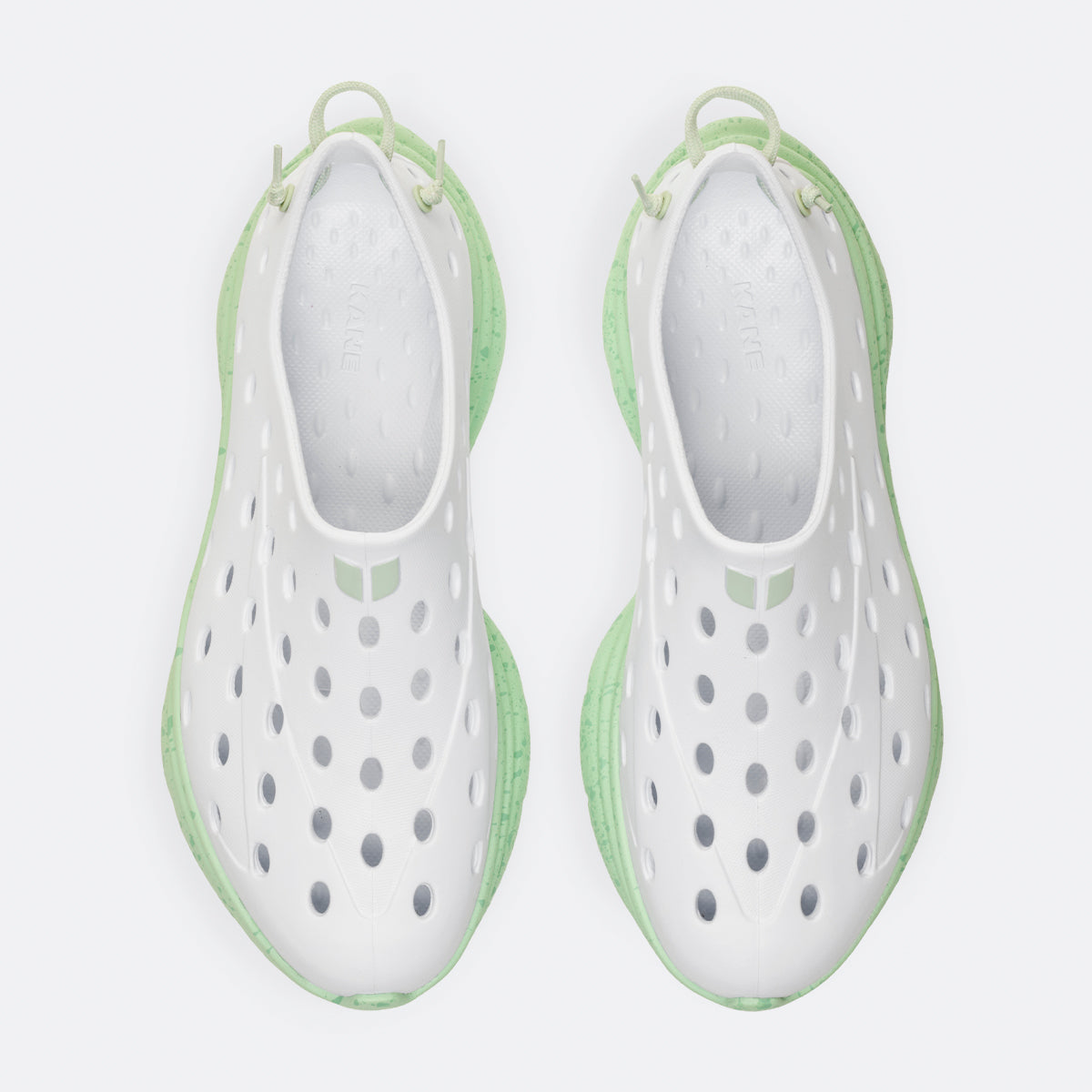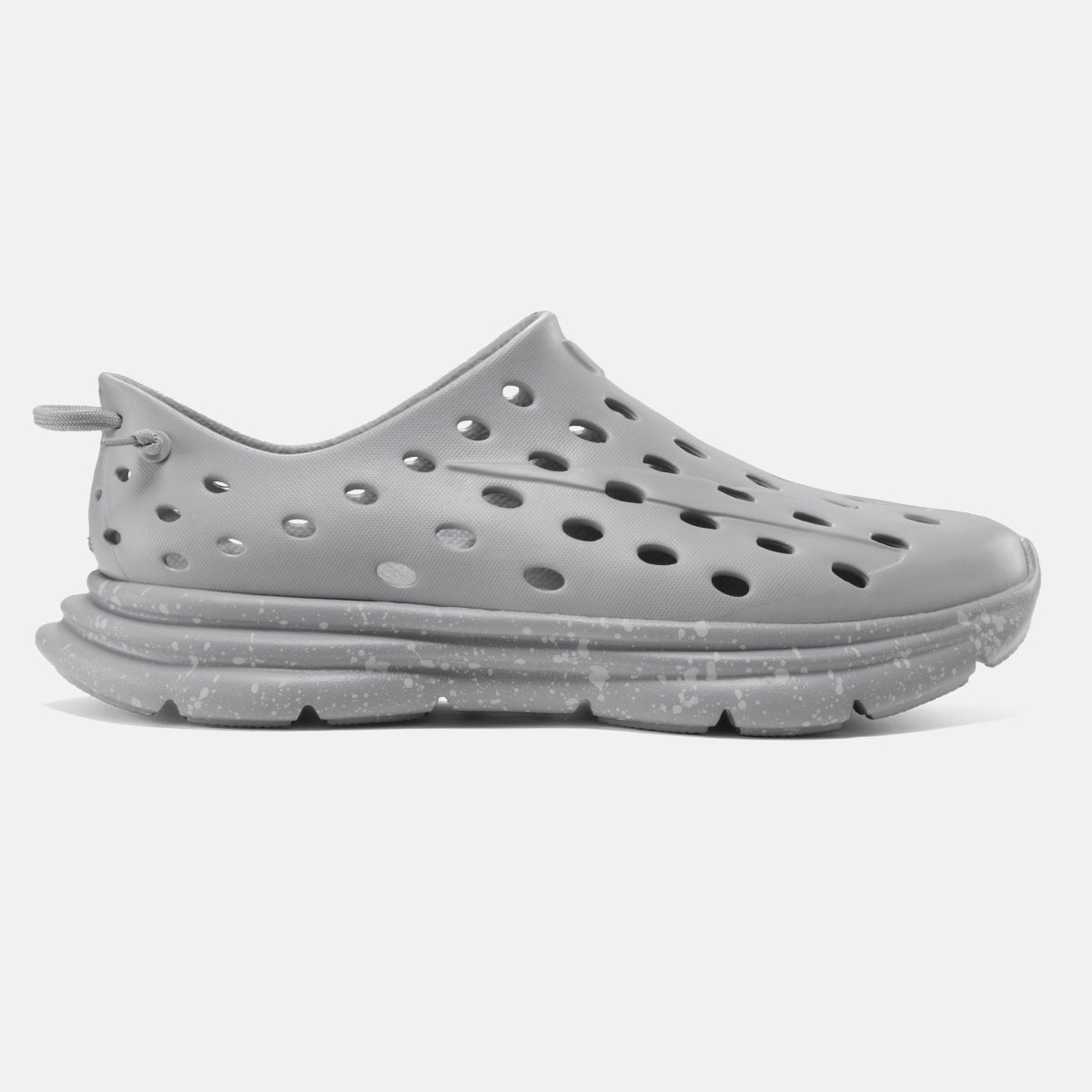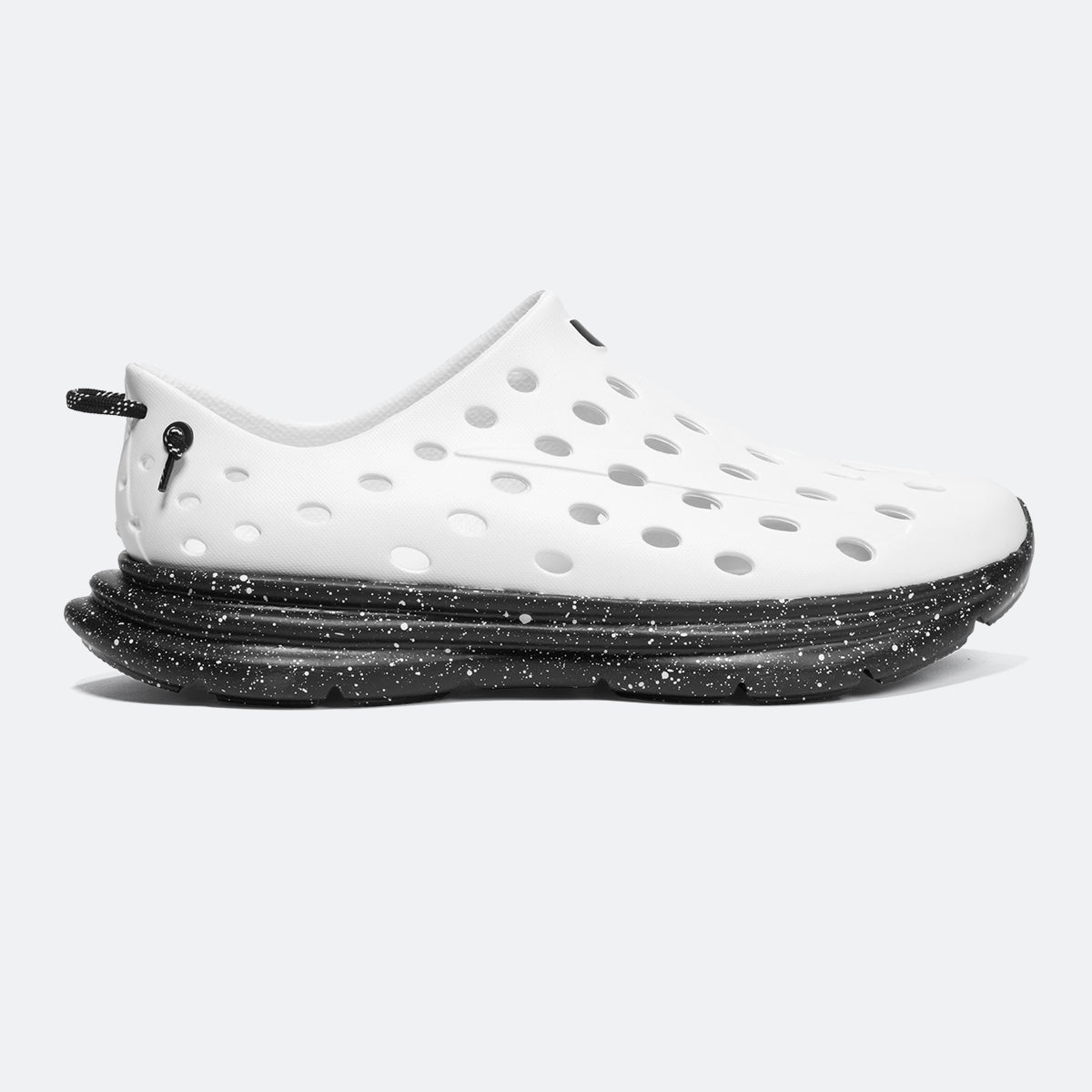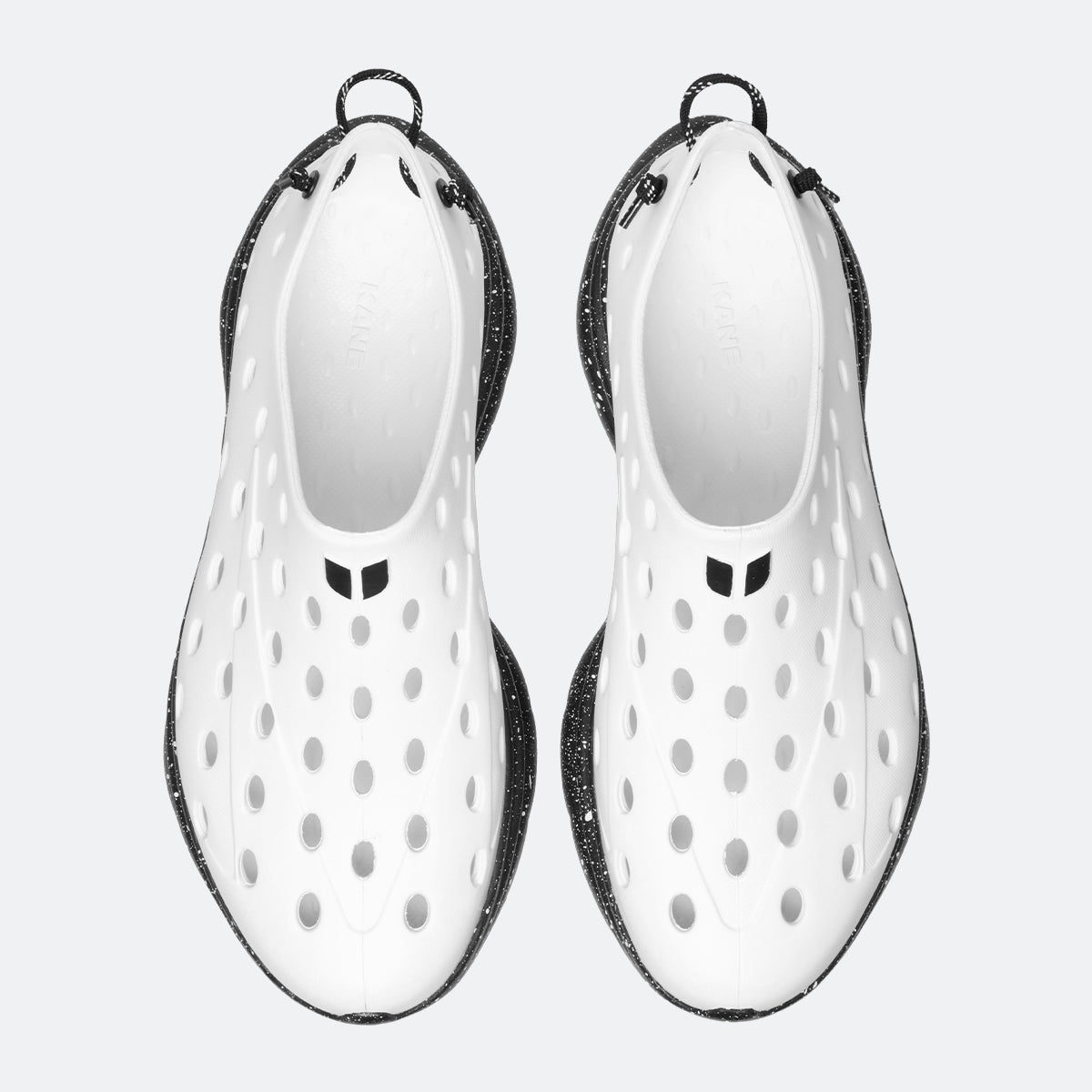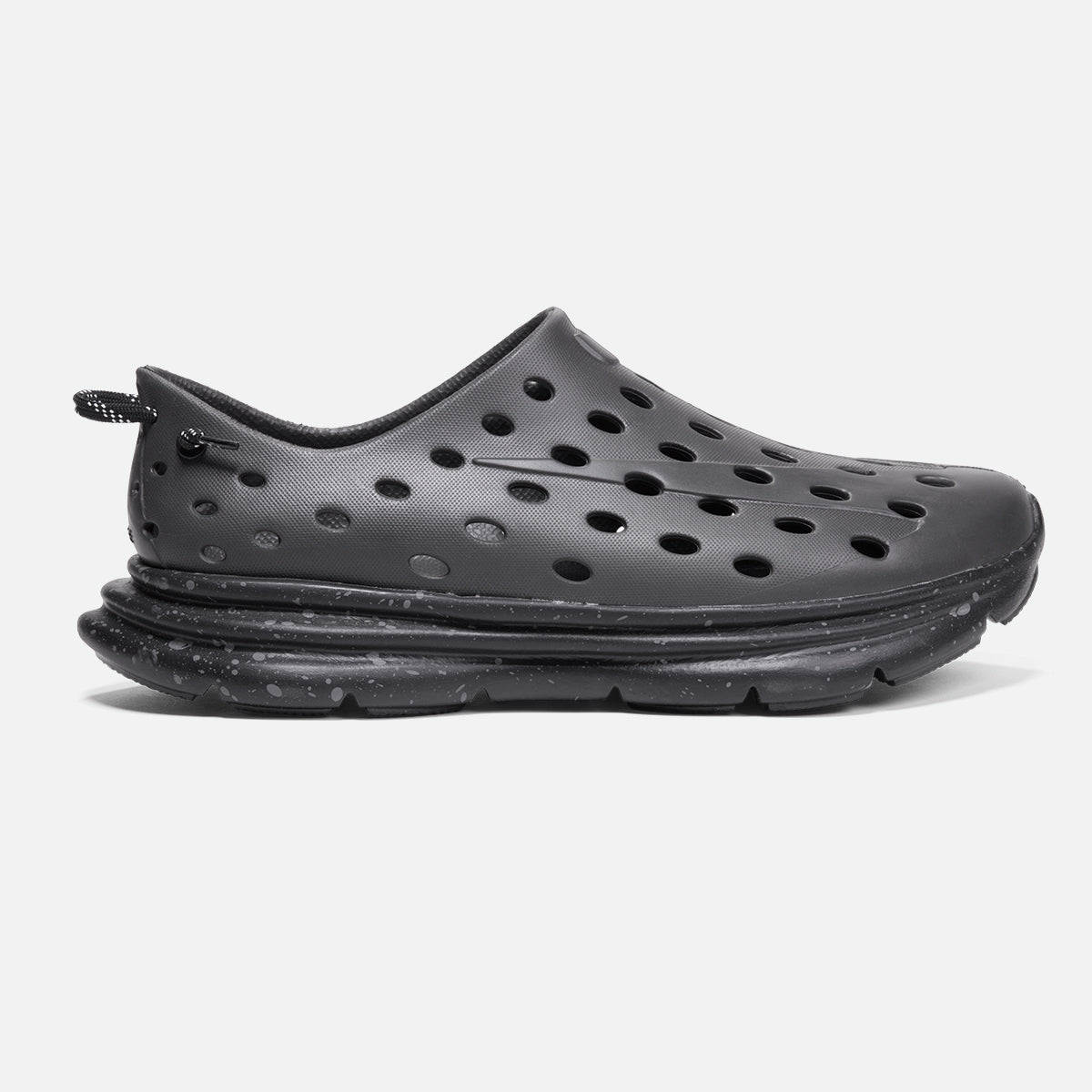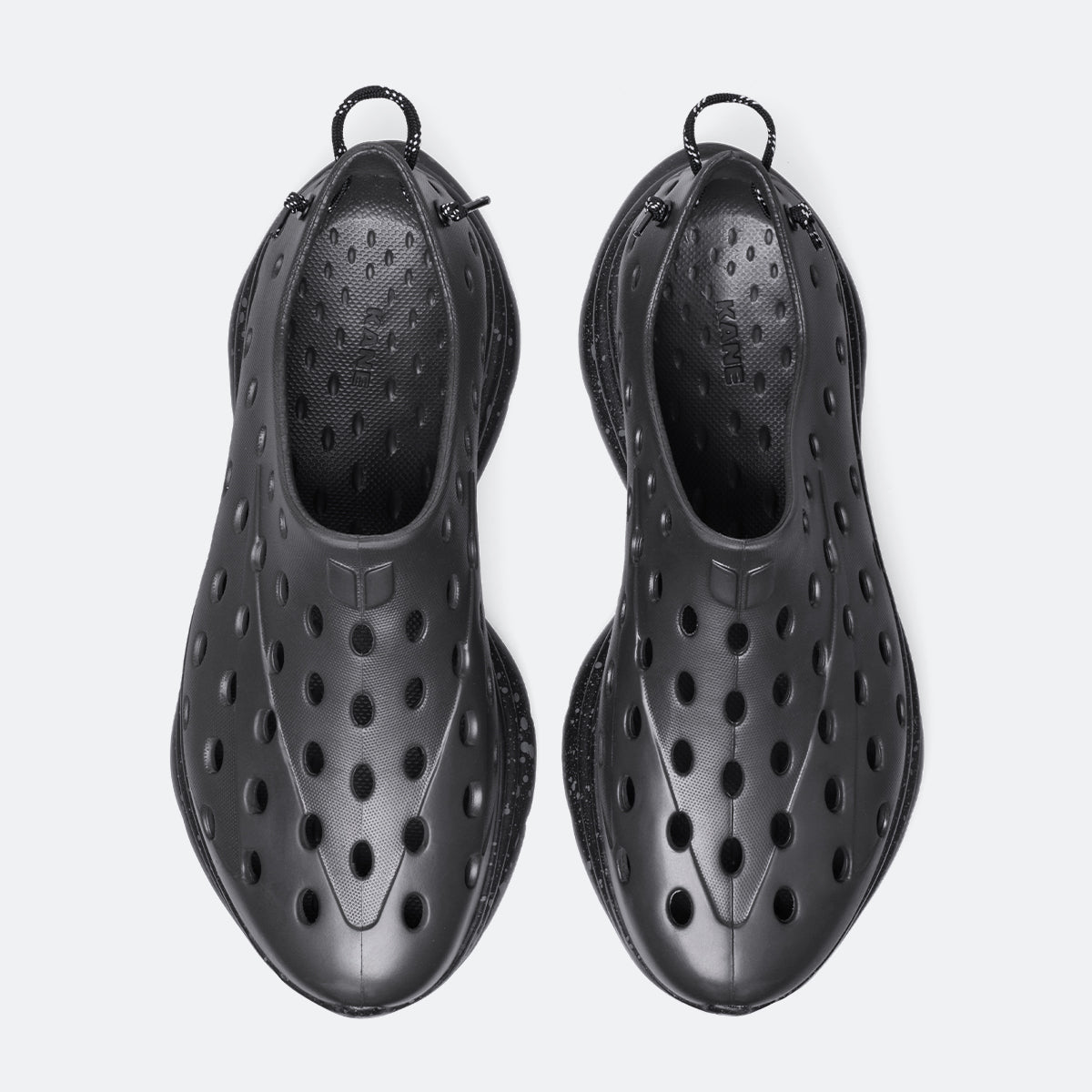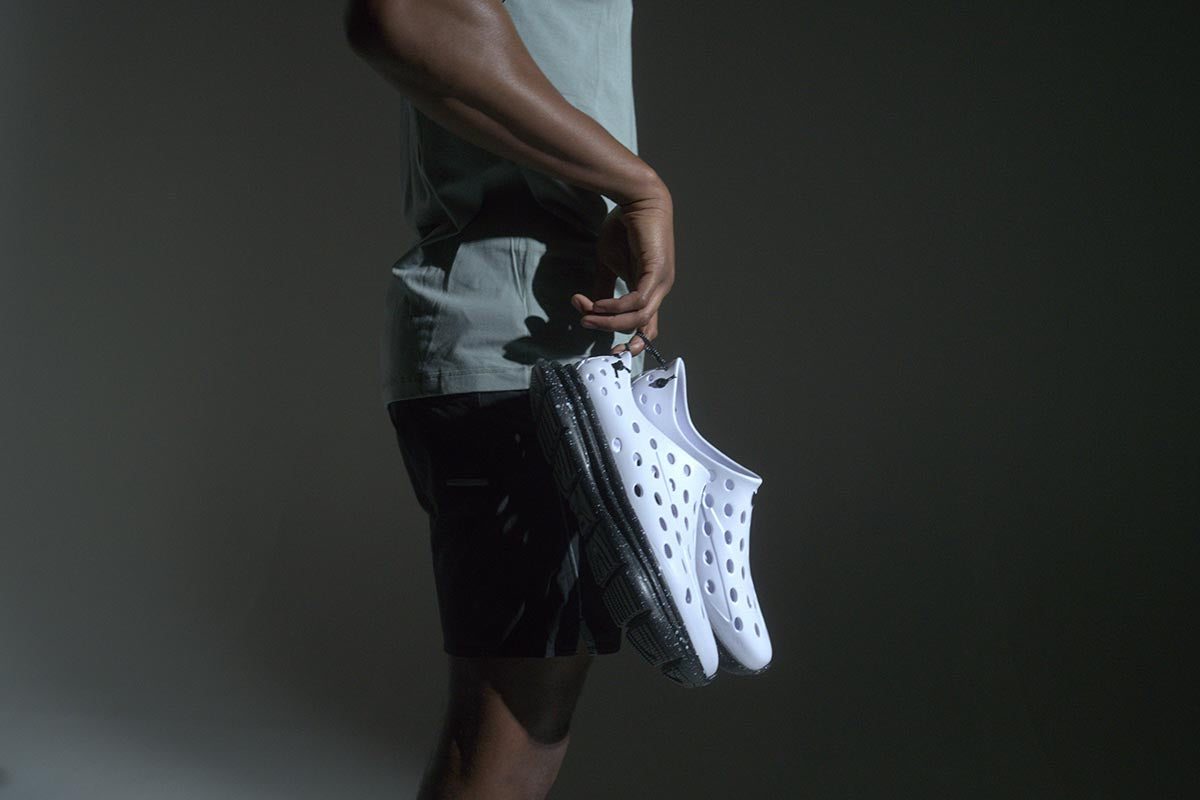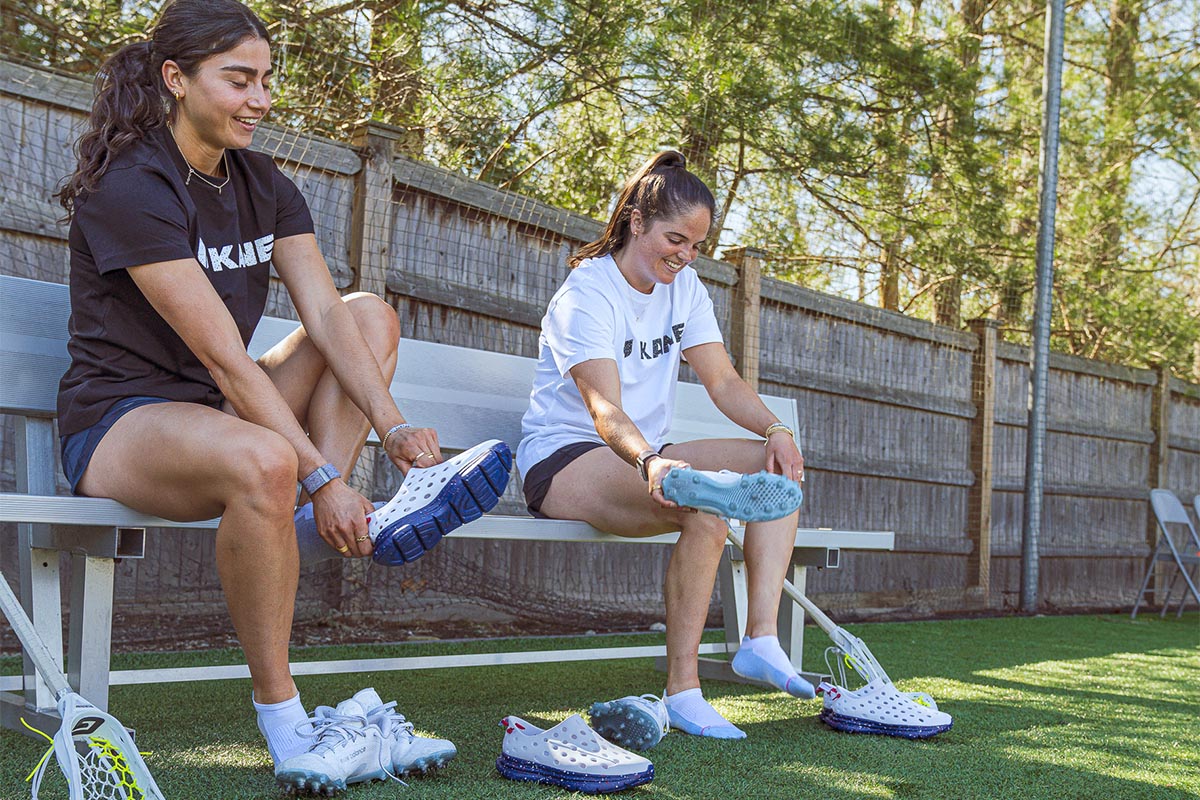EVA foam, or ethylene-vinyl acetate, has revolutionized the footwear industry with its unique blend of plastic and rubber properties. Widely used in the midsoles of athletic and casual shoes, manufacturers prize EVA foam for its lightweight, flexible, and shock-absorbing characteristics. But like any material, it has advantages and potential drawbacks.
Delve into using EVA foam in shoes, exploring why it's a go-to choice for many shoe manufacturers and examining the pros and cons of this versatile material.
Whether you're a runner seeking the perfect pair of sneakers or just curious about the science behind your favorite shoes, learning more about EVA foam can help you make more informed shoe choices.
Characteristics of EVA
Ethylene-vinyl acetate is a type of plastic, specifically a copolymer, that combines the properties of both rubber and plastic. It has significantly impacted the shoe industry, particularly in the design and construction of shoe soles.
EVA foam is a versatile and widely used material. Shoemakers prize it for being light, flexible, and shock-absorbant. While it offers many benefits, including comfort and cost-effectiveness, it has potential drawbacks, including grip limitations on slippery surfaces.
Understanding the role of ethylene-vinyl acetate in shoes allows you to make more informed choices and appreciate the technology behind your favorite pair.
Use of EVA in shoes
Lightweight ethylene-vinyl acetate contributes to overall shoe comfort, reducing the fatigue associated with prolonged wear. Its flexibility allows for natural foot movement, enhancing comfort during every step.
One of the standout features of EVA is its excellent shock absorption capability. This makes it particularly valuable in athletic and running shoes, where it helps to protect joints and muscles from the impact of repetitive motion.
Despite its softness and flexibility, EVA is also durable and resistant to cracking, ensuring that shoes maintain shape and performance over time. Its inherent water resistance makes it a great material for athletic and outdoor shoes you expect to sport in wet conditions.
The material is commonly used in shoe midsoles, providing the essential cushioning and support needed for comfort and performance. It is also used in insoles and footbeds, offering a supportive base for the foot. In some cases, EVA is used in outsoles, although it is often combined with more abrasion-resistant materials to enhance durability.
Types of shoes using EVA
Shoemakers use EVA in various styles due to its featherweight, cushioning, and flexible properties. Athletic shoes like running and cross-training sneakers often feature it in midsoles for better shock absorption, and casual shoes such as everyday sneakers and slip-ons benefit from its comfort and support.
EVA is also common in sandals, flip-flops, and work and safety shoes, providing a comfortable, hard-wearing footbed. Recovery shoes like Kane's also use it in a durable injected EVA outsole. Overall, EVA's versatility makes it popular across different shoe categories.
Discover Kane Recovery Shoes!
Kane Revive Active Recovery Shoe, and you’ll never turn back. Designed for breathability and offering the perfect balance of support and cushion, these shoes provide the comfort you deserve.
Kane's recovery shoes provide excellent support, comfort, and durability for those needing top-notch recuperative footwear. Featuring an adjustable hook-and-loop single-strap synthetic upper, plush TPR footbed, and durable injected EVA outsole, these kicks come with all the right features to assist you during your rehabilitation journey.
Aside from providing quality products, they are also committed to sustainability, having made plans to become a B Corp while dedicating 1% of their overall profits towards environmental charities.
When and how to wear Kane Revive
The best moment to wear most recovery shoes is directly after a strenuous activity such as running or exercising. This helps minimize inflammation and launch the healing process. To guarantee maximum comfort and effective recuperation, make sure that you are wearing your recovery footwear correctly by tying up laces securely for a snug fit.
Benefits of EVA foam in shoe soles
A combination of cushioning, airiness, comfort, durability, and versatility make this foam an excellent choice for various shoes, particularly those designed for comfort, shock absorption, and athletic performance.
Here are eight advantages of using this versatile material in shoes:
1. Cushioning
It's renowned for its excellent cushioning and shock-absorbing properties, making it ideal for EVA foam midsoles for running shoes, athletic shoes, and hiking boots. Its properties reduce the strain on the feet during high-impact activities and minimize the risk of injuries.
2. Lightweight
EVA foam is significantly lighter than traditional materials like rubber, reducing the shoe's overall weight. This lightness minimizes fatigue during long days on your feet or strenuous physical activities.
3. Energy return
Ethylene-vinyl acetate foam has good energy return characteristics, meaning it can bounce back to its original shape after being compressed. This quality provides a responsive and energetic feel during activities like running.
4. Comfort and conformity
EVA foam's soft and flexible nature allows it to conform to the foot's shape, providing a comfortable and customized fit. This quality makes it suitable for use in insoles and footbeds.
5. Durability and weather resistance
While not as heavy-duty as natural rubber, EVA foam is a durable material and exhibits excellent stress-crack resistance. It's highly resistant to environmental factors like water and UV rays, extending the shoes' lifespan.
6. Versatility and customizability
Manufacturers can customize ethylene-vinyl acetate foam's density, hardness, and color, making it adaptable for various types of shoes, from casual sandals to high-performance recovery shoes.
7. Cost-effectiveness
EVA foam is relatively cost-effective compared to other specialized materials, making it an affordable choice for shoe manufacturers and consumers alike.
8. Waterproof and moisture resistance
Due to its closed-cell structure, EVA foam is waterproof and moisture-resistant, making it suitable for outdoor and water-related activities.
Potential drawbacks of EVA in shoe soles
While EVA foam offers advantages like lightness, flexibility, and comfort, its potential drawbacks include loss of cushioning and limited grip, especially on wet surfaces.
Here are three potential drawbacks of using EVA foam in shoes:
1. Loss of cushioning over time
One of the main drawbacks of EVA foam is that the tiny bubbles inside the foam that provide cushioning tend to degrade and lose their cushioning properties over an extended period with regular use. Deterioration with heavy use can lead to discomfort and reduced shock absorption.
2. Breakdown in high-heat environments
While durable, EVA foam may not be as long-lasting as materials like rubber or leather, especially in warmer climates or high-heat environments. When exposed to prolonged heat, the foam can break down and deteriorate quicker than these traditional materials.
3. Limited grip
While EVA foam provides excellent cushioning and shock absorption, it generally does not offer the same level of grip and traction as rubber outsoles, especially on wet or slippery surfaces. Grip limitations can be a safety concern for some activities and workplaces.
Frequently asked questions
What is the difference between ethylene vinyl acetate foam and regular foam?
EVA foam and regular foam are both types of foam materials, but they differ in composition, properties, and applications.
The seven main differences between EVA foam and regular foam are:
- Composition: EVA foam is made from a copolymer of ethylene and vinyl acetate, while regular foam typically refers to polyurethane foam or other polymer-based foams.
- Cell structure: EVA foam has a closed-cell structure, meaning the foam cells are sealed and do not allow air or liquid to pass through. Regular foams can have either open-cell or closed-cell structures.
- Density: EVA foam is generally denser and more rigid than regular open-cell foams, making it more durable and compression-resistant.
- Water resistance: EVA is waterproof and resistant to moisture because it's a closed-cell foam, while regular open-cell foams can absorb water and moisture.
- Flexibility: EVA foam is known for its flexibility and ability to conform to shapes, while regular foams can range from flexible to rigid depending on their composition and density.
- Chemical resistance: EVA foam is more resistant to chemicals and solvents than regular foams.
- Applications: Due to its shock-absorbing, waterproof, and durable properties, manufacturers commonly use EVA foam in sporting equipment, shoes, packaging, fishing rods, and protective gear like helmets and hockey pads. They also use regular foams in upholstery, insulation, and other applications where cushioning or insulation is required.
How does EVA foam compare to other types of foam in terms of comfort?
EVA foam has a soft, cushiony feel that conforms well to the body's contours, providing superior comfort and pressure relief. Its closed-cell structure allows it to distribute weight evenly, reducing pressure points and discomfort.
It has good resilience, meaning it bounces back to its original shape after being compressed and maintains its cushioning properties over time, ensuring long-lasting comfort.
While not as breathable as open-cell foams, EVA foam still allows some air circulation, which can help regulate temperature and prevent excessive heat buildup, contributing to overall comfort.
The closed-cell structure of EVA foam makes it resistant to moisture absorption, preventing the growth of mold and bacteria that can cause discomfort and odors. EVA foam is highly durable and resistant to compression, so it maintains its cushioning properties for longer than other foam types.
Overall, the combination of cushioning, resilience, moisture resistance, and durability make EVA foam an excellent material for applications where comfort matters.
What is EVA foam good for?
EVA foam is a popular material for various products, including shoes, sports equipment, and packaging. Here are eight advantages and common uses of EVA foam:
- Cushioning: EVA foam is soft, light, and has excellent shock-absorbing properties, making it ideal for cushioning. Manufacturers use it in shoes (shoe soles, insoles), sports equipment (protective gear, foam mats like yoga and exercise mats, foam rolls), and seating (furniture cushions, automotive seats).
- Waterproof and moisture-resistant: EVA foam is waterproof and moisture-resistant due to its closed structure, making it a good choice for the outdoors. Because of its low water absorption, manufacturers often use it to create boat cushions, pool floats, and water sports gear.
- Durability and tear resistance: Highly durable EVA foam is popular for applications like floor mats, exercise equipment, and protective packaging.
- Thermal insulation: EVA foam material has good insulating properties, helping the wearer feel comfortable in extreme temperatures, both hot and cold. Its insulating properties make it useful for padding in shoes, coolers, and building materials.
- Formability and versatility: EVA foam can be easily molded, cut, and shaped into various forms, allowing for design flexibility in products like toys, crafts, and custom orthotic insoles.
- UV radiation resistance: EVA foam is UV-resistant, making it especially useful for outdoor and industrial applications.
- Lightweight and buoyant: EVA foam's buoyancy makes it useful for flotation devices, life jackets, and water sports accessories and equipment.
- Cost-effective: Compared to some other foam materials, EVA foam is generally more affordable, making it a cost-effective choice for various applications.
Is EVA foam rubber or plastic?
Despite being commonly referred to as "foam rubber" due to its cushiony texture, it's not rubber but rather a plastic or polymer foam material. Its unique combination of versatile properties, such as flexibility, cushioning, and moisture resistance, makes it a popular choice for various applications.
How are EVA foam sheets made?
Manufacturers make EVA foam mats and sheets through the following process:
-
Polymerization:
Ethylene and vinyl acetate monomers are combined to form EVA copolymer - Mixing: Makers mix the copolymer with additives like blowing agents and cross-linking agents
-
Extrusion:
The mixture is melted and extruded into continuous sheets - Foaming: The extruded sheets are heated, causing the blowing agents to release gas and expand the material into foam
- Cooling and cutting: The foam sheets are cooled and then cut to the desired size and thickness
-
Finishing:
Additional treatments like surface texturing or lamination are applied as needed
This process results in light, flexible, and durable foam sheets used to make various products, including a wide range of shoes.



